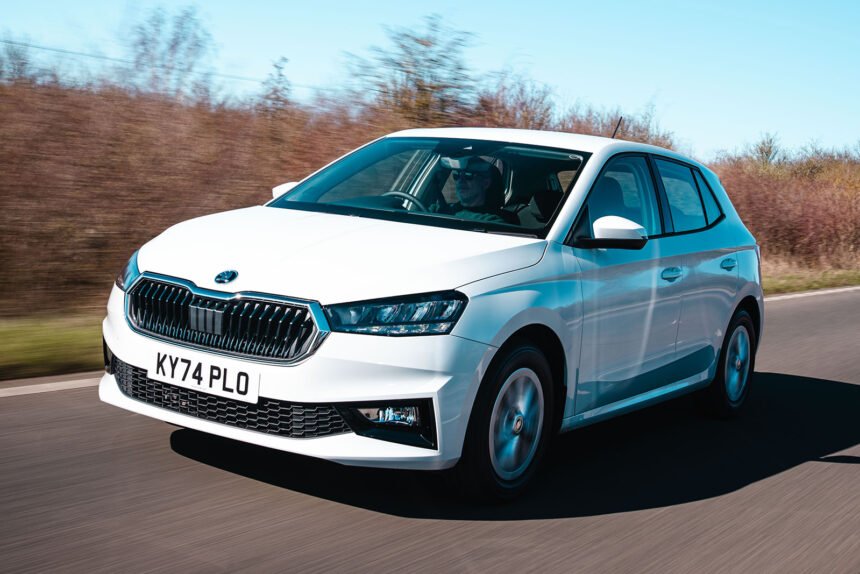The Fabia offers a range of safety features that come standard, including autonomous emergency braking with pedestrian detection and lane-keeping assistance. These systems work seamlessly to ensure a safe driving experience, with the option to easily disable them using buttons on the steering wheel. Additionally, there is the option to add on a semi-autonomous adaptive cruise control system at an additional cost, providing even more advanced driving assistance.
In terms of handling, the Fabia excels at correcting understeer, gently limiting power to bring the nose back in line when the front axle starts to wash wide. This makes navigating tight, slippery corners a smooth and drama-free experience. However, the traction control can be disabled for those looking for a more hands-on driving experience, although the stability systems remain on to handle lift-off oversteer in a slightly heavy-handed manner.
The Fabia’s handling may be described as viceless but bland, lacking the sporty edge of a vRS model. The soft suspension contributes to a serene ride, especially with 15-inch wheels and 65-profile tires that absorb harsh bumps with ease. However, Monte Carlo models may experience a jittery and harsh urban ride, particularly over rough terrain.
Comfort is a key feature of the Fabia, with seats that are soft yet supportive and adjustable to ensure a comfortable driving position. The addition of manually adjustable lumbar support in SE Comfort trim and above enhances overall comfort, while Monte Carlo models offer attractive bucket seats with excellent lateral and under-thigh support. Although noise insulation may not be as advanced as the Polo, the Fabia provides a smooth ride comparable to its Volkswagen counterpart.
Overall, the Fabia offers a comfortable and safe driving experience, with advanced safety features and a smooth ride quality. While it may lack the sporty edge of a vRS model, it excels in providing a practical and enjoyable driving experience for daily use.







